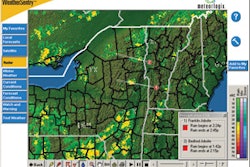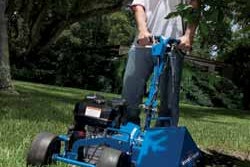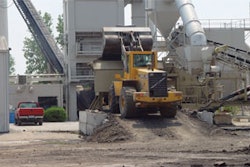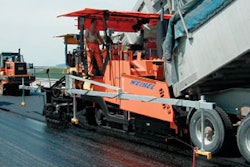In the last couple of issues, we discussed ways to get your house in order and take control of your business, as well as how to cut costs and become more organized in the process. It stands to reason that those companies with an idea of what to expect have the ability to make mid-year adjustments when they waiver off the straight and narrow. You know the old saying: “Don’t expect what you don’t inspect.” This is especially true for contractors.
For many of you, one area in which you have to be especially careful deals with the cost to carry and own your equipment. Assuming you have a major investment in equipment, failing to control or review these costs can create major swings in bottom-line profits. In short, you have to control equipment investments and costs as well as, or better than, an equipment rental house.
How does a rental house do it?
Want a good exercise? Get a copy of the annual 10K for a public rental company. It’s really interesting reading, especially if you use a lot of equipment in your business. These reports discuss the economy, the industry, trends in equipment cost, rental rates and other interesting topics. They also discuss financing, equipment utilization, depreciation methods and many other subjects that are quite similar to what an equipment user (contractor) needs to know. Let’s face it, they are equipment users themselves.
Take this a step further and attend a trade show where rental system vendors are showing their wares. Take a few minutes to review a rental system and how it works. Check out the schedules it prepares, the analysis available and, in particular, the steps it takes to measure the profitability of any individual unit or specific line of equipment. Also ask for a demo to be sent to your office so your internal team can experience the output.
If you rent equipment, you may want to ask your rental company for a look-see at the daily, weekly, monthly and annual reports they use to decide when to replace equipment, when to cut back on certain types and lines of equipment and when to buy used vs. new equipment. These reports also answer how they capture costs for each piece of equipment; what costs they capture for this measurement; when they decide to re-rent rather than add to their fleet; and many of the other equipment-related questions that come to mind.
Compare with your system
You have inspected how the pros manage individual units, types and specific brands of equipment, plus how they care for it and make decisions about adjusting their overall investment in equipment. It’s now time to see how your process to manage this very significant group of assets compares. This should be interesting.
Before we go any further, let’s be clear that your objectives as a contractor are very similar to those of a rental company. You both want to maximize time and dollar utilization on every piece of equipment on the books or being leased as an operating lease. There should be no doubt about this in your mind, since they are making the same decisions you should be making about investing in or divesting equipment to increase returns. And even rental companies make decisions about not investing in certain equipment if the utilization is not available in the market. In those cases, they will defer to another source or re-rent the equipment for this “unusual” opportunity.
So, the questions become:
If you answered “no” to many of the questions (except the last one) and have a significant investment in equipment, you need to make some changes. Get a handle on the rental business as suggested, then see what you can do with your accounting system to get more information.
In cases where the existing accounting system can’t help you, there are very good, cost-effective rental packages available to help you control your equipment fleet. Using both should be no problem because the rental package would track costs and depreciation, which could be transferred back into your primary system without much trouble.
Contractors with major equipment investments need the same answers required by a rental manager. It will be well worth the effort to get that information.
Garry Bartecki is director of dealer/distributor services at BDO Seidman, LLP of Chicago, as well as a consultant to the AED. He has also worked as an independent CPA and consultant to equipment dealers. He can be reached at [email protected].
--------------------------------------------------
Benefits of Rental Reports
Rental houses maximize time and dollar utilization of the equipment in their fleets by using daily, weekly, monthly and annual reports to determine:


















